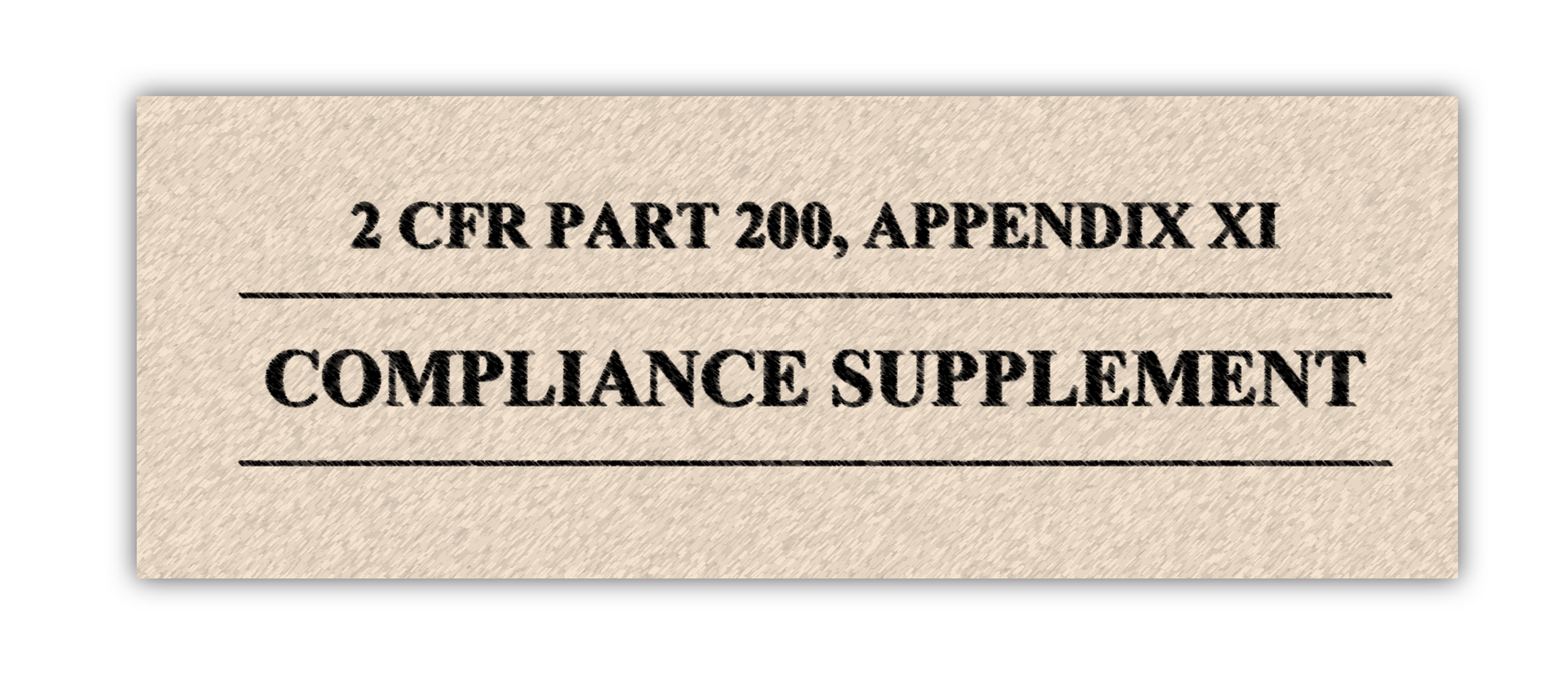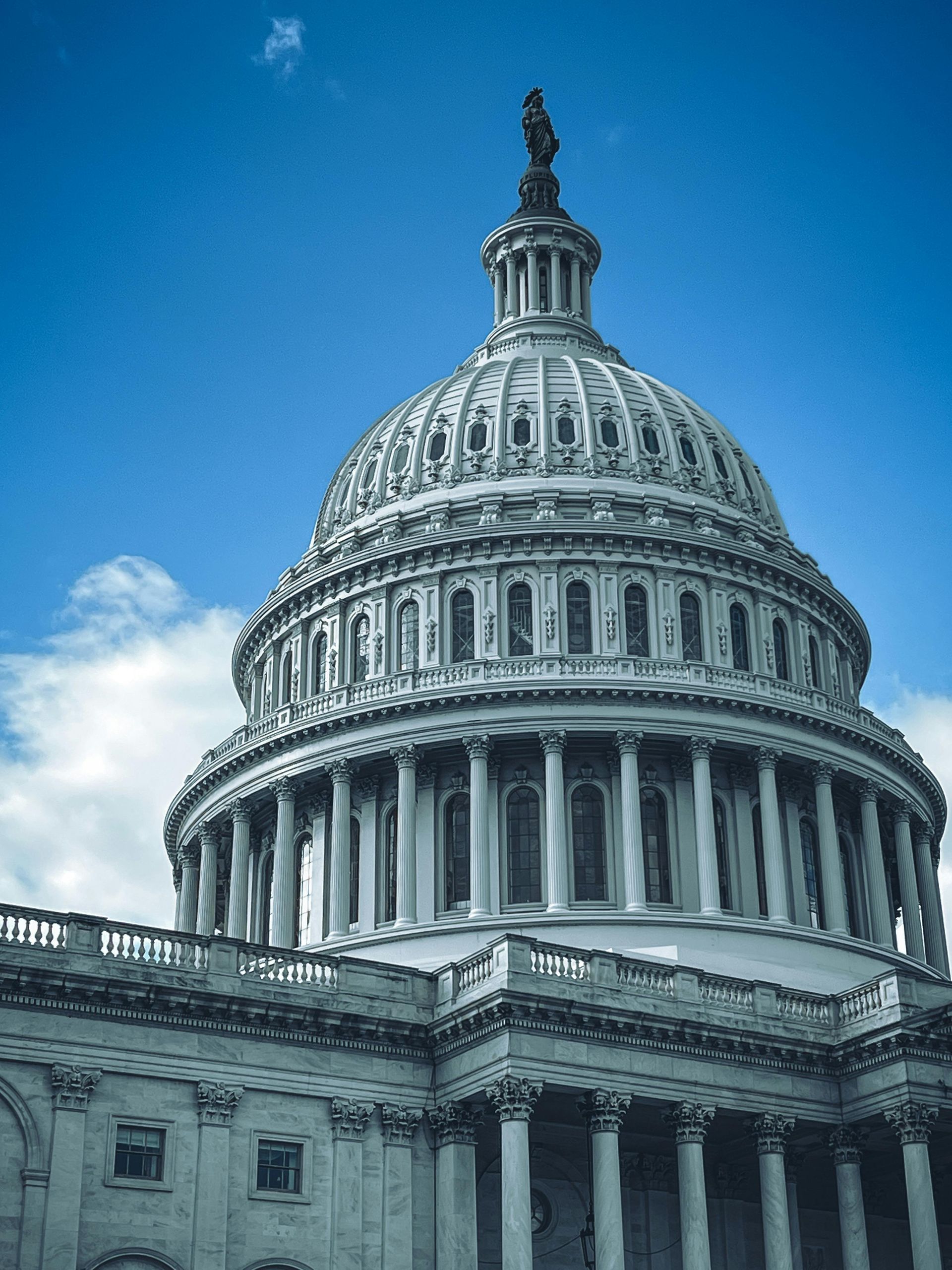Another Round of Uniform Guidance Revisions: What the August 2025 Executive Order Means for Indirect Costs and Federal Grantmaking
New Executive Order Impacting Federal Grants
On August 7, 2025, President Trump issued Executive Order 14332, Improving Oversight of Federal Grantmaking. While much of the attention has focused on political oversight and the risks of midstream award termination, federal grant recipients should read this order as something more: a precursor to another round of revisions to the Uniform Guidance (2 CFR 200).
The last major overhaul in 2024 reshaped compliance standards across the grants ecosystem. This executive order sets the stage for further changes—particularly around indirect costs, cost principles, and financial management requirements.
Indirect Costs in the Spotlight
A core provision of the EO is the directive for agencies to show preference to "institutions with lower indirect cost rates." This is not an isolated move; it builds on proposals already circulating within several federal agencies to cap F&A rates, restrict cost pools, and require stronger justification for overhead.
For recipients, the implications are clear:
- Reduced flexibility in covering overhead and infrastructure costs.
- Greater pressure to justify and defend indirect cost rates.
- Competitive differentiation: organizations with lean, transparent, and strategically structured rates will gain an advantage.
Turning Compliance Into Strategy
This environment presents an opportunity for recipients to reposition indirect costs not as a compliance hurdle, but as a strategic asset. Forward-looking steps include:
- Revise Cost Allocation Practices
Adopt methods—such as direct charging—that connect administrative costs directly to program delivery. - Design Rates that Appeal to Funders
Structure indirect cost rates to be lean, defensible, and clearly tied to mission-critical operations. - Plan for Flexibility
Develop rate strategies that can withstand caps or adjustments without undermining organizational stability. - Proactively Engage Funders
Build a clear narrative showing how indirect costs sustain the infrastructure necessary to achieve program outcomes.
The Larger Shift: Grants as a Political Tool
Beyond cost recovery, the EO introduces sweeping changes:
- Political review of FOAs and discretionary awards by senior appointees.
- Termination-for-convenience clauses as a standard feature of agreements.
- Increased delays in review and approval due to new oversight layers.
- Priority-based funding decisions driven by administration policy, not just peer review.
In short, federal grants are becoming more politicized, more closely monitored, and more financially constrained. Recipients must adapt accordingly.
Award Advisors’ Perspective
At Award Advisors, we view this moment as a turning point. Organizations that continue treating indirect cost rates as an afterthought will struggle under new scrutiny. Those that rethink their rates as a signal of accountability, efficiency, and mission alignment will be better positioned to thrive. Now is the time to prepare for the next wave of Uniform Guidance revisions. Award Advisors helps recipients develop modern cost accounting practices, negotiate competitive indirect cost rates, and build resilient funding strategies that withstand political and financial shifts.
Contact us today to strengthen your indirect cost strategy—and position your organization for success in a new era of federal grantmaking.



